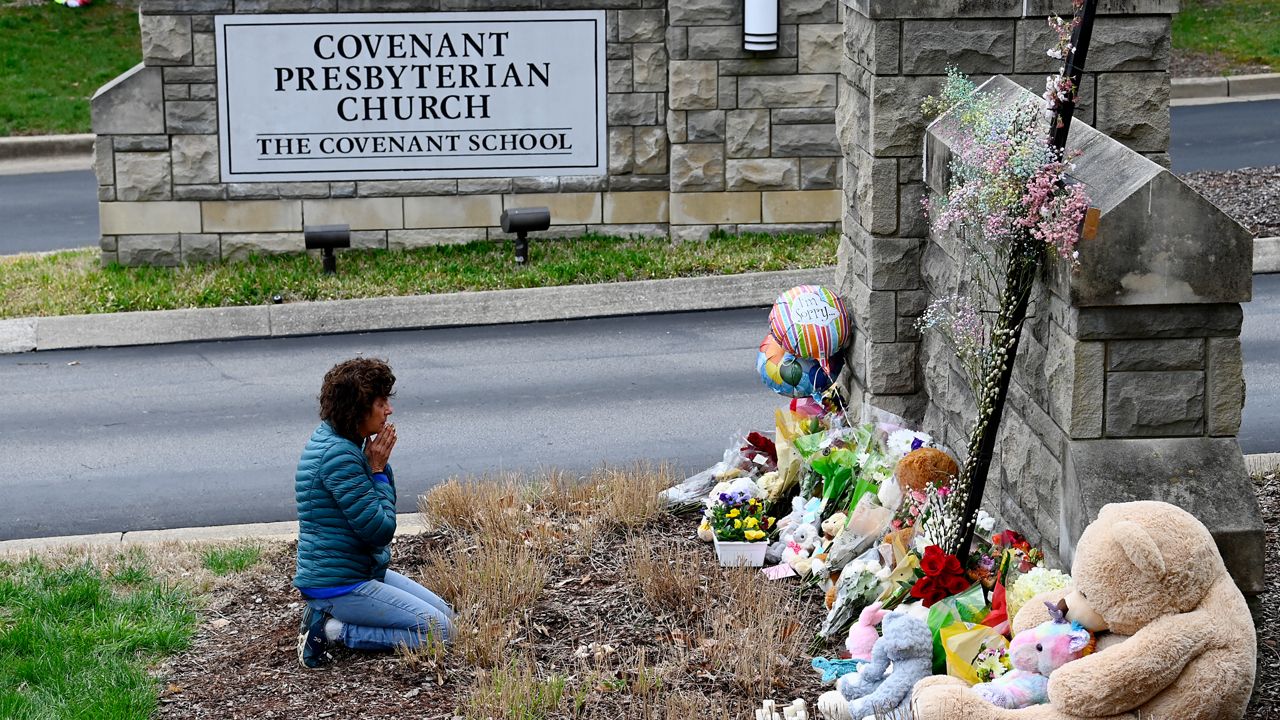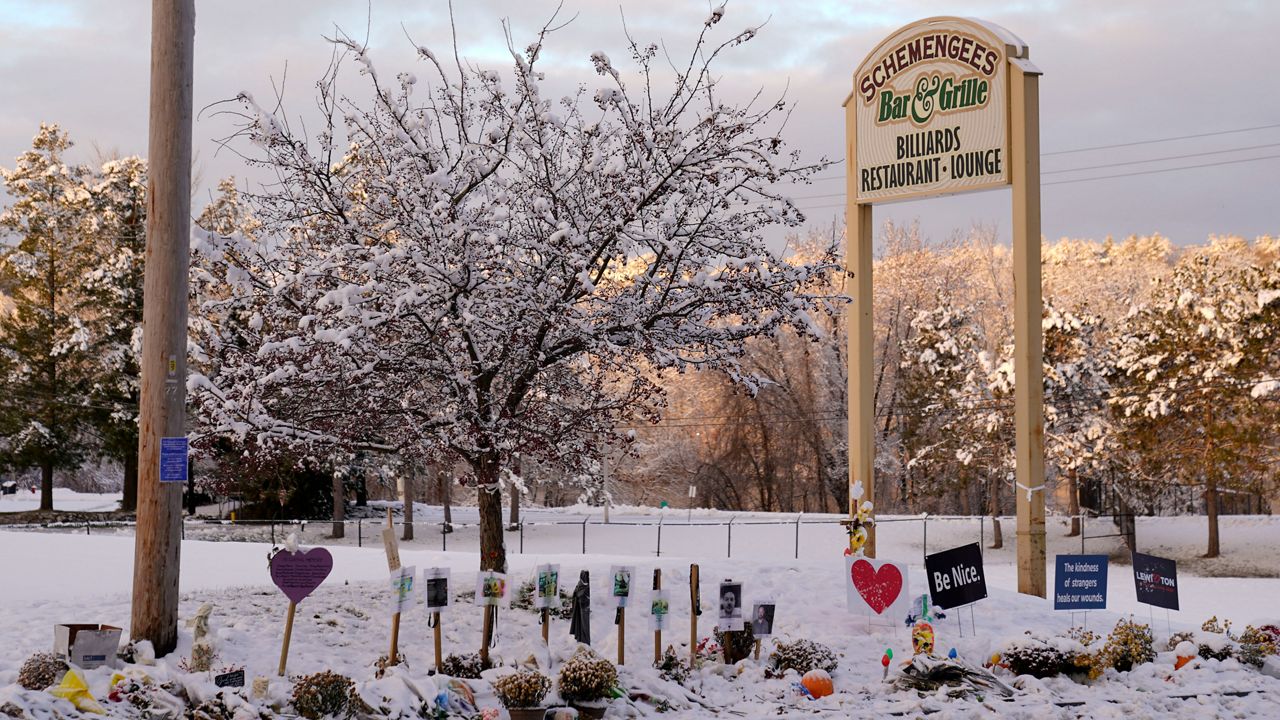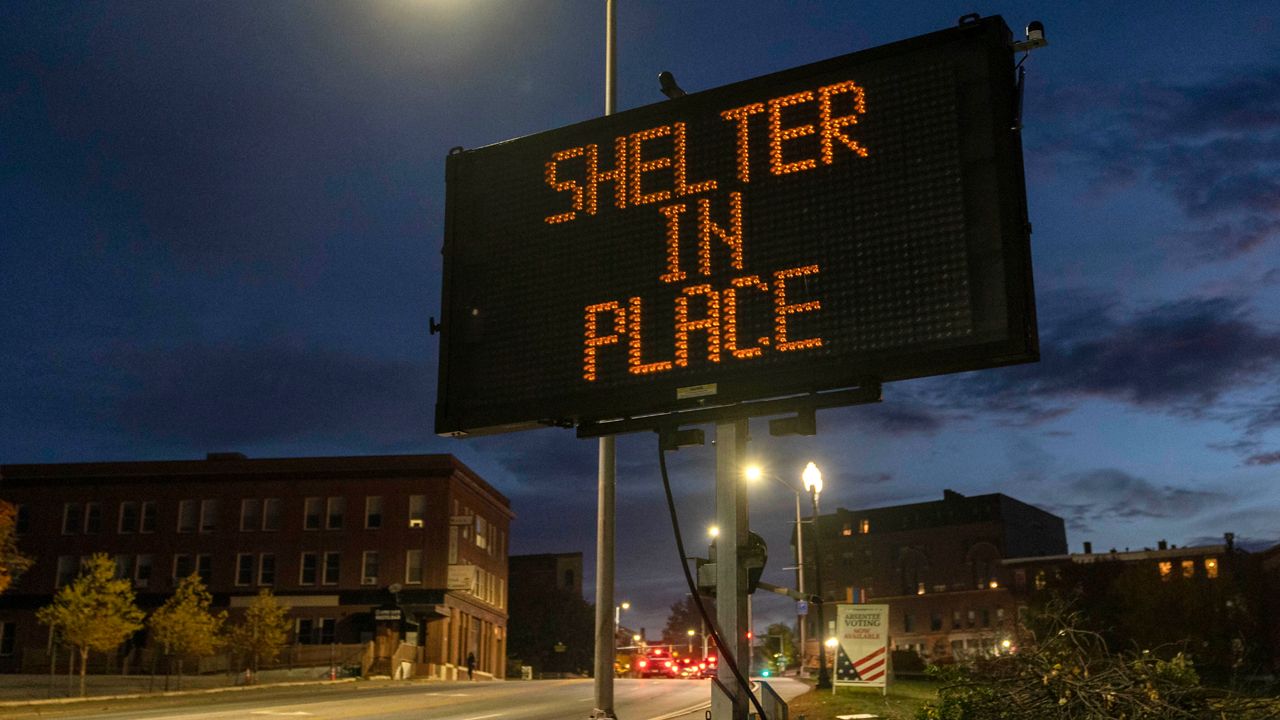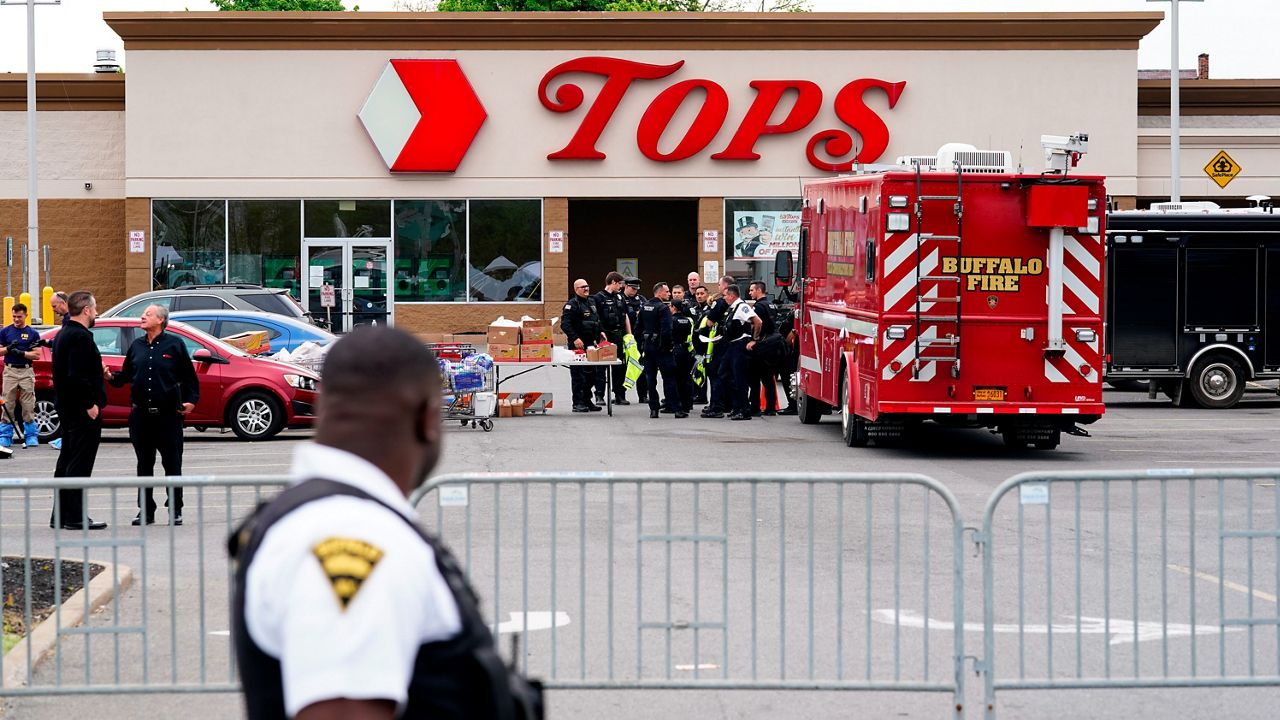As the nation reels from another mass shooting targeting elementary school children, data shows 2023 is on pace for the highest number of mass shooting fatalities on record.
What You Need To Know
- Through Monday, March 27, there were 130 mass shooting incidents that killed 193 people and wounded another 498, according to the Gun Violence Archive, a nonprofit that tracks gun violence
- Even if the pace of mass shootings does not increase this year, 2023 is on track to see over 800 mass shooting fatalities, which would far exceed the record 706 in 2021
- If you look at the trend line over the last few years “then, yeah, this year is going to go through the ceiling,” said Mark Bryant, the executive director of the archive. “On the other hand, we have periods where it will just calm right down,” adding “it’s hard to tell if it is” a trend or a sustained spike
- In the 4,400 mass shootings since the Gun Violence Archive began tracking them in 2013, about 100 of them involved women as the perpetrator, Bryant said, though not necessarily as the shooter themselves. There is little reliable data on transgender and nonbinary shooters
Through Monday, March 27, there were 130 mass shooting incidents that killed 193 people and wounded another 498, according to the Gun Violence Archive, a nonprofit that tracks gun violence. The group defines a mass shooting as an incident that has “a minimum of four victims shot, either injured or killed, not including any shooter who may also have been killed or injured in the incident.”
Through the same time period in 2022, 123 were killed and 446 were wounded in 113 mass shootings. In 2021 —the worst year for mass shootings since the archive began tracking data in 2013 — 130 were killed and 437 were wounded in 112 mass shootings. In 2020, a year in which the number of mass shootings increased by nearly 200 compared to 2019, 67 incidents through March 27 lead to 80 deaths and 274 injured, according to the archive.
The past three years, 2020 through 2022, were the worst years on record for mass shootings with 2021 seeing the most shootings, fatalities, and injuries.
If you look at the trend line over the last few years “then, yeah, this year is going to go through the ceiling,” said Mark Bryant, the executive director of the archive. “On the other hand, we have periods where it will just calm right down,” adding “it’s hard to tell if it is” a trend or a sustained spike.
Almost a quarter of the year has passed, but it’s hard to extrapolate over the course of an entire year because mass shootings tend to pick up as the year goes on, Bryant said, particularly in the warmer months.
March 27 is the 86th day of the year (or 87th during a leap year like 2020) and just under 24% of the year has passed. In 2022, only 17% of the year’s mass shootings and only 18% of mass shooting fatalities had occurred by March 27.
Even if the pace of mass shootings does not increase this year, 2023 is on track to see over 800 mass shooting fatalities, which would far exceed the record 706 in 2021.
There is no agreed upon definition of a mass shooting. The FBI tracks “mass murder” which they define as “a number of murders (four or more) occurring during the same incident, with no distinctive time period between the murders,” but includes all methods of killing.
The Violence Project, a nonprofit research center that also tracks mass shootings, defines mass shootings as incidents where four or more people are killed by gunfire, not including the shooter. They have recorded 188 mass shootings since 1966, including three so far this year. There were only seven in all of 2022, according to their model.
A violent 24 hours in America
Around 1:30 a.m. Monday, five people were shot outside a restaurant in Milwaukee, Wis., according to the Milwaukee Police Department.
All five victims, men who ranged in age from 25 and 44, were expected to survive after taking themselves or being transported by emergency personnel to nearby hospitals. No arrests had been made as of Tuesday and the investigation is ongoing.
Less than eight hours later, in Nashville, a 28-year-old former student at a Christian elementary school shot their way into the school and killed three nine-year-old children and three school employees, the Metropolitan Nashville Police Department said. The shooter was armed with three guns, including two “assault-type weapons,” according to law enforcement officials.
In the 24 hours prior to the Milwaukee and Nashville shootings, two men were killed and two were wounded in a shooting in Philadelphia’s Nicetown neighborhood, police there said. Seven were shot, two fatally, in Little Rock, Arkansas, according to local officials. Four were shot and wounded in Minden, Louisiana at a local recreation center hosting a volleyball event, local media outlets reported.
And in Brooklyn Center, Minnesota, at around 6:45 p.m. Sunday, police said six people were shot. The victims, all under the age of 18, were shot in the parking lot outside a regional Girl Scouts office, local media reported.
Mass shooter demographics
It is unclear what the gender identity of the shooter in Nashville is, with police identifying them as a transgender woman named Audrey Hale. They have yet to explain how they reached that conclusion. An archived version of a now-deleted LinkedIn page for an Audrey Hale who worked in Nashville lists he/him pronouns.
In the 4,400 mass shootings since the Gun Violence Archive began tracking them in 2013, about 100 of them involved women as the perpetrator, Bryant said, though not necessarily as the shooter themselves. That would mean just over 2% of mass shootings involve a woman perpetrator in any capacity.
Bryant said his organization is now combing through their records to produce data on women shooters, as well as transgender and nonbinary shooters. The latter process began at midnight Tuesday.
The Violence Project examined 172 mass shooters and determined only four were women, with two acting in partnership with a man. There is little reliable data on transgender and nonbinary shooters.
The Rockefeller Institute of Government, the State University of New York’s public policy research arm, examined 402 mass shootings between 1966 and 2020 and determined 95.7% of shooters were male.
A 17-year-old transgender teenager pleaded guilty in 2020 for participating in a 2019 shooting at a Colorado high school that killed one and injured eight. A second, cisgender male shooter was convicted of murder in 2021.
In court documents, public defenders used they/them pronouns for the person who is alleged to have killed five and injured 17 in a shooting at a queer nightclub in Colorado Springs, Colorado in November. But one neighbor told NBC News that the alleged shooter never identified as nonbinary and believed claims to the contrary are “a total troll on the community, and a total troll on the system.”
Extremism expert Jared Holt, a senior research manager at the Institute for Strategic Dialogue, told NBC that skepticism was merited given the alleged shooter’s involvement in far-right forums that promoted bigoted and violent rhetoric under the guise of “a little trolling.”








